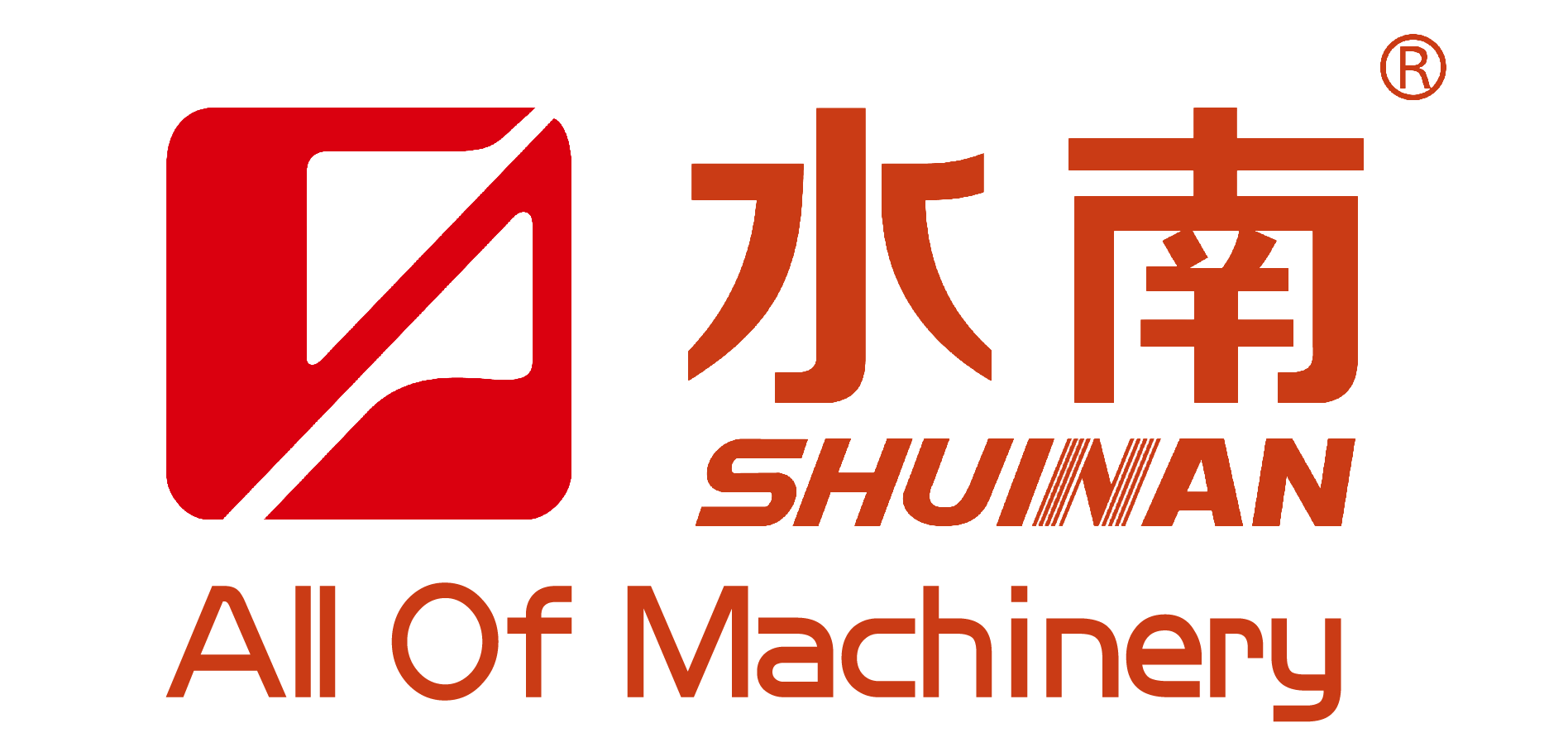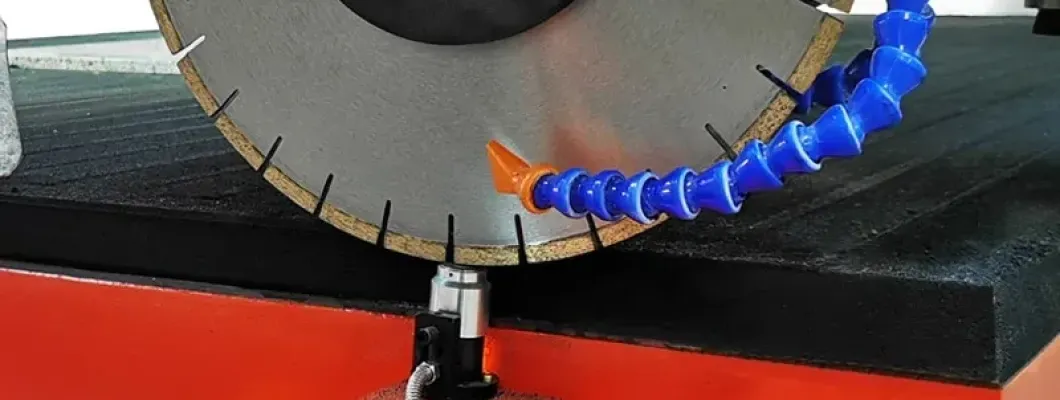Effective Noise Control for Bridge Cutting Machines in Stone Cutting
Controlling the noise generated by bridge cutting machines during stone cutting is similar to managing industrial noise in many ways. Noise can only cause disruption or harm when three factors are present: the noise source, the transmission path, and the receiver. By targeting one or more of these factors, noise levels can be effectively reduced.
However, stone cutting comes with specific technical characteristics that must be considered. The ultimate solution for noise control should take into account various factors such as operational requirements, technical conditions, and economic considerations to ensure the most effective strategy is employed.
Key Noise Control Strategies for Bridge Cutting Machines
Noise reduction for bridge cutting machines primarily focuses on three main approaches:
1. Reducing Noise at the Source
To address the origin of noise during stone cutting, several steps can be implemented. These include improving the manufacturing quality of the bridge cutting machine, enhancing installation accuracy, optimizing the dynamic balance of rotating parts, adjusting cutting parameters, and designing quieter structures. Of these methods, minimizing saw blade vibration plays a particularly critical role in reducing noise right at the source.
2. Protecting Workers from Noise Exposure
While this approach is more passive and less ideal, it remains a simple and cost-effective option, especially when noise reduction at the source is challenging. Common solutions include providing workers with hearing protection devices such as earplugs, earmuffs, sound-absorbing materials, helmets, or other personal noise reduction gear. These measures help to minimize the harmful effects of noise exposure on workers' hearing.
3. Blocking or Shielding Noise Transmission
To reduce the transmission of noise, various acoustic solutions such as sound insulation, sound absorption, and silencers can be implemented. Many manufacturers are now combining safety covers with sound-insulating enclosures on bridge cutting machines to create a quieter working environment and reduce noise exposure for operators.


Leave a Comment